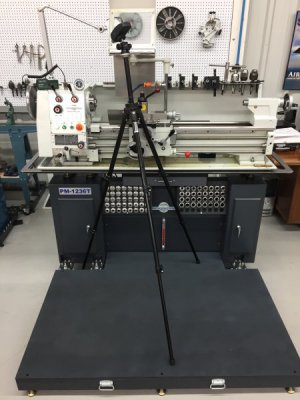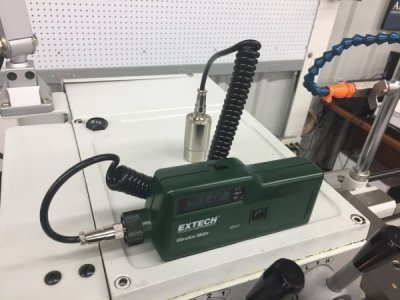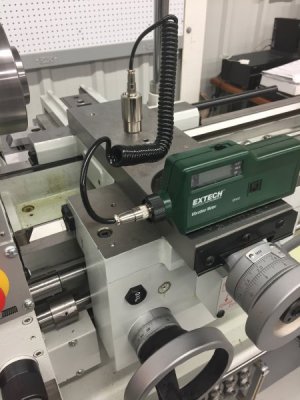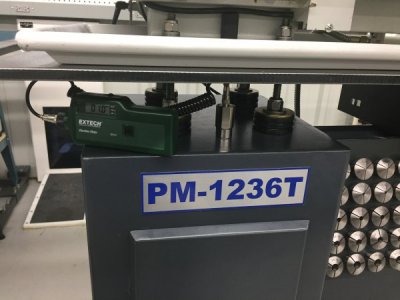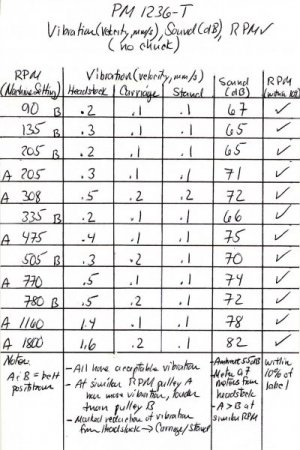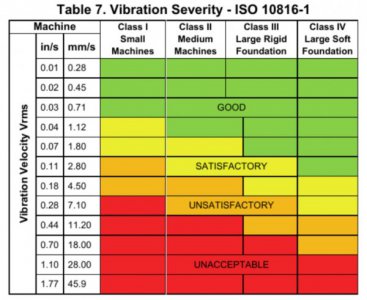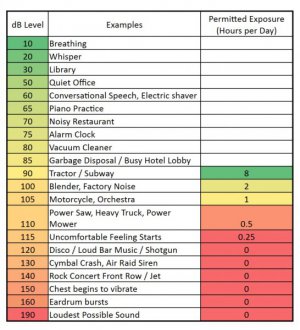- Joined
- Jan 18, 2018
- Messages
- 314
I am not understanding something - what is the purpose of the jack screws? They are pointing down with nothing under them so I'm confused.
I find it interesting that you have sought to isolate the lathe from the ground via the mounting plate and rubber isolation pads. Most set ups seek to make the connection to the ground as solid as possible to enhance rigidity. Can you expand on your thinking here? Not a criticism; mostly just curious.
Mikey, the baseplate is threaded and the jack screw goes into those threads. When the screw is advanced upward it lifts that portion of the tailstock footing. For example, when I was leveling the lathe the side of the tailstock toward the operator was a bit low. I loosened the nut on the anchor bolt, lifted that corner by advancing the jack screw then re-tightend the nut on the anchor bolt. I repeated this is small increments until the lathe was level, then I tightened the lock nut on the jack screw. This took a total of about a quarter turn on the jack screw. The pointed end of the jack screw is not used. I used jack screws because they have a nice fine 1/2-20 thread, they are hardened and I can use the small hardened rod that comes with them to make adjustments by hand. Also, they are only $8 from Starrett. I didn’t know Starrett made anything for $8. I hope this helps.


